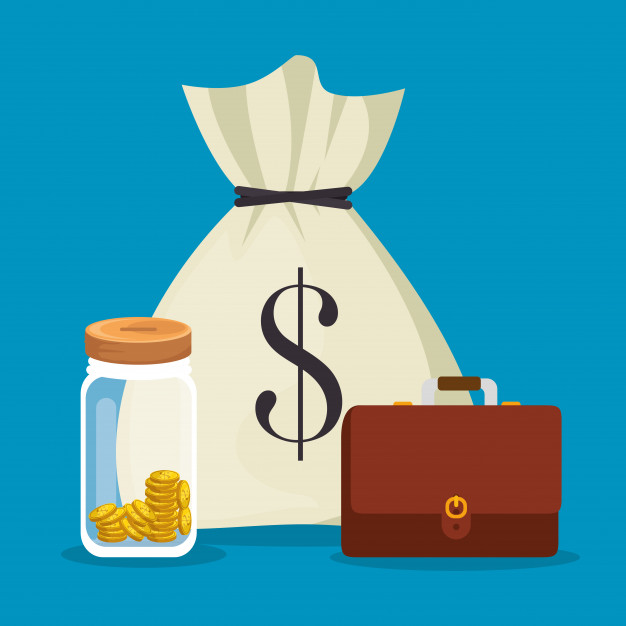
Table of Contents
Bailout
What is a Bailout?
A bailout occurs when an individual, a business or the government provides resources or money to a company that is failing. This helps to prevent the consequences of the company’s potential downfall that may include going Default or bankrupt in terms of financial responsibilities.

The party may get a bailout in the form of a loan, cash infusions, or the purchase of stocks and Bonds.
Explaining Bailout
Typically, bailouts are for such industries or companies whose Bankruptcy may cause a severe impact on the country’s Economy and not just that specific Market sector. For instance, if a company has a significant workforce, it may get a bailout as the economy will not be able to bear this significant jump in unemployment caused by the failure of the business.
Often, other companies from the same or different industries may step in to acquire the failing company, which is known as bailout takeover. Moreover, the concept of the bailout is not restricted to one sector.
On the contrary, industries like airline, banks, hospitality and more have experienced bailout as well. Also, it is important to understand that businesses receiving rescue funding eventually have to pay the amount back.
Bailout Example
Bailouts can take several forms and shapes. On top of that, with every new bailout, record books get reopened, and the new biggest recipient award gets updated. Here is a considerable auto Industry bailout example. Back in 2008, Chrysler and General Motors were knocked out because of a financial crisis.
These automakers sought help as a taxpayer bailout. They were also under extreme pressure as sales started plunging, and several customers were unable to acquire auto loans during the times of financial crisis as financial institutes and banks tightened lending requirements; further affecting auto sales.
Talk to our investment specialist
To stay afloat and continue the business, these two automakers drew approximately $17 billion from the Troubled Asset Relief Program (TARP). And then, in the following year, both these companies came out of the brink of bankruptcy.
On top of that, GM and Chrysler also paid their loans back to TARP years ahead of the scheduled timeline.
All efforts have been made to ensure the information provided here is accurate. However, no guarantees are made regarding correctness of data. Please verify with scheme information document before making any investment.




